Artist Interviews
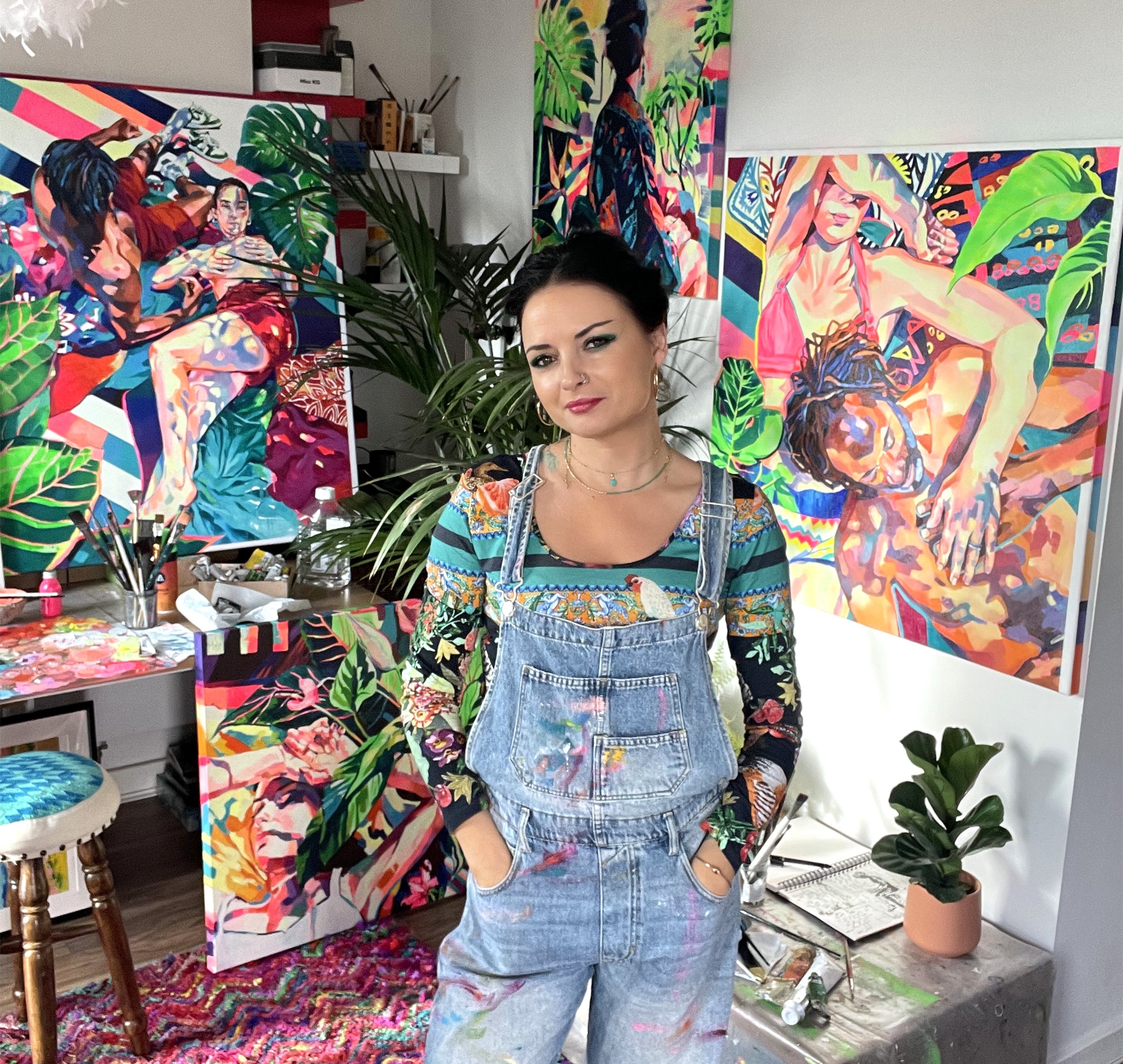
Artist Joanna Pilarczyk
You should trust your intuition and believe in your skills. There is no point in comparing your work with other more established artists, as everyone has their own path and different learning process. Be consistent in your language, but be bold and experiment with new techniques to evolve. Don't be afraid to challenge yourself and go out of your comfort zone. Take every chance to show your work to a broader audience. Apply to competitions and publication opportunities and connect with other artists and curators to learn more about the art business.

Artist Sandra Manzi (Updated)
My advice is that as hard as it can be sometime, confidence in what you are doing is the only way to keep progressing. If you lack confidence in your work and start straying and trying this and that it's a sure way to get lost and frustrated. Experimentation is great but don't do it for lack of confidence in what you are currently doing.
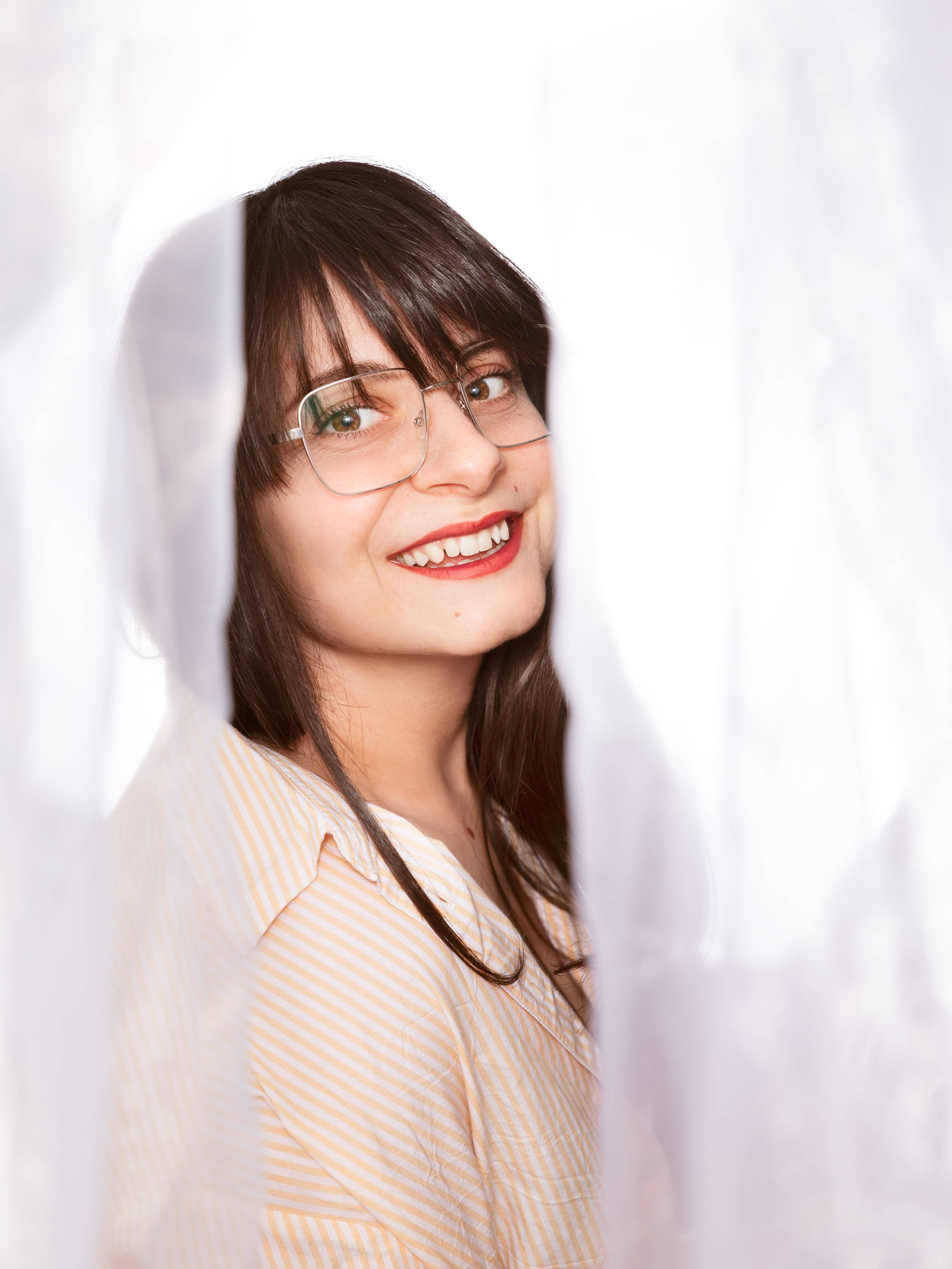
Artist Emanuela Nesko
Honestly I am still trying to figure that out for myself. What I do is research what type of art received awards in the past for that particular competition/award etc, to see if the type of work that I do fits well with that particular competition. Another very important aspect is to learn and practice writing about your art in a clear way, because our work is important, but so is the way we express ourselves about what we do and why we do it.
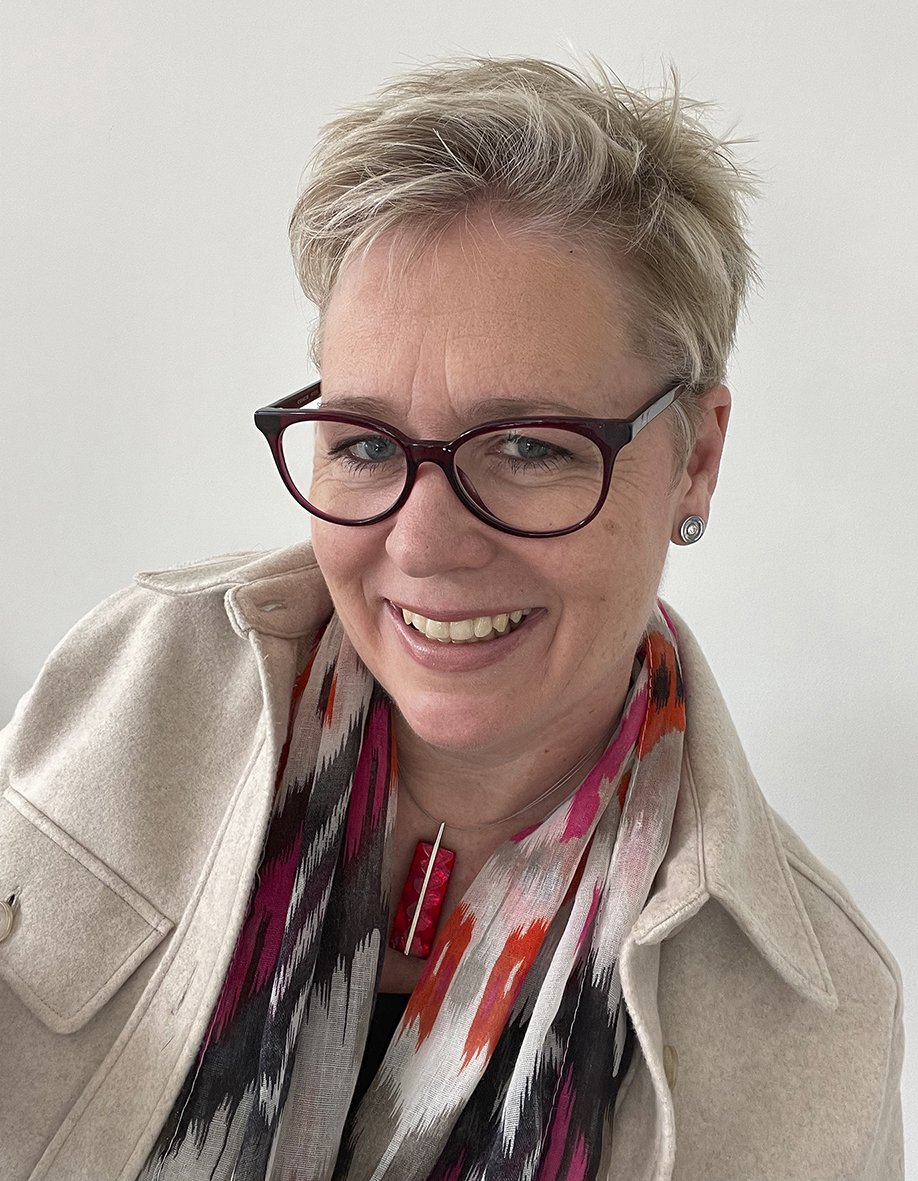
Artist Sue Dowse
That unique art can be created out of anything such as recycled magazines and any other form of print media in my case. I like to invite the viewer to come closer and see beyond the image to its construction. Within the colours are texts which I have transformed to create new meanings and these texts and images can take you on a journey. They tell their own story to be interpreted or just enjoyed.

Artist Bing Zhang
With my work I try to show the hidden truth that I sense exists deep within people’s experience of the world, and reflects their living condition, their mental state, their interests, and other aspects of their disposition of being. I hope to search out the humanity within these situations.
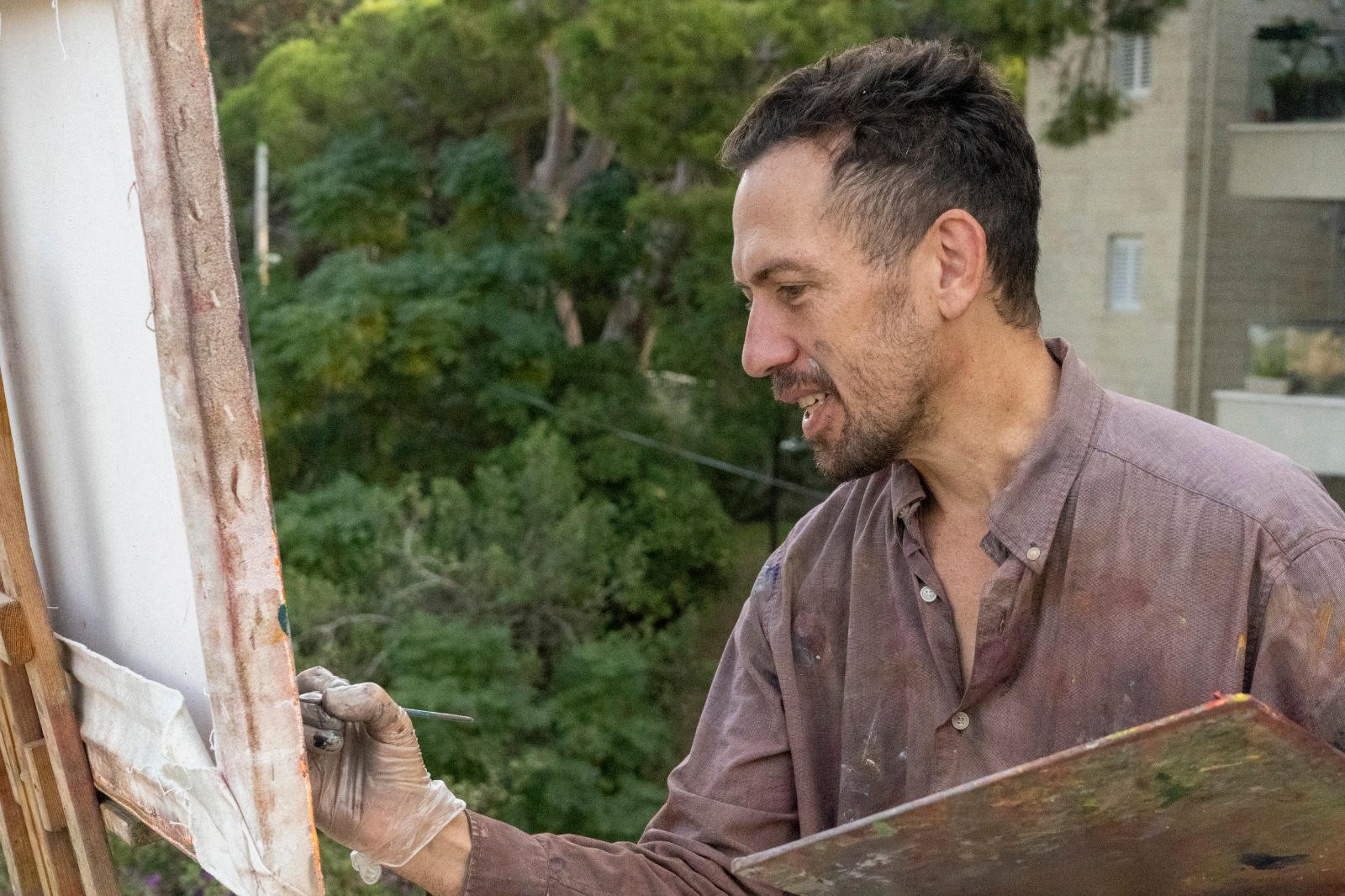
Artist Aviv Keller
Being a painter is a constant and monotonous routine, devoid of real highlights. The real successes are not exhibitions or awards, but the small miracles that happen in the studio, when I'm able to distill the essence of my work. Across the Universe (winning artwork) is that kind of miracle!
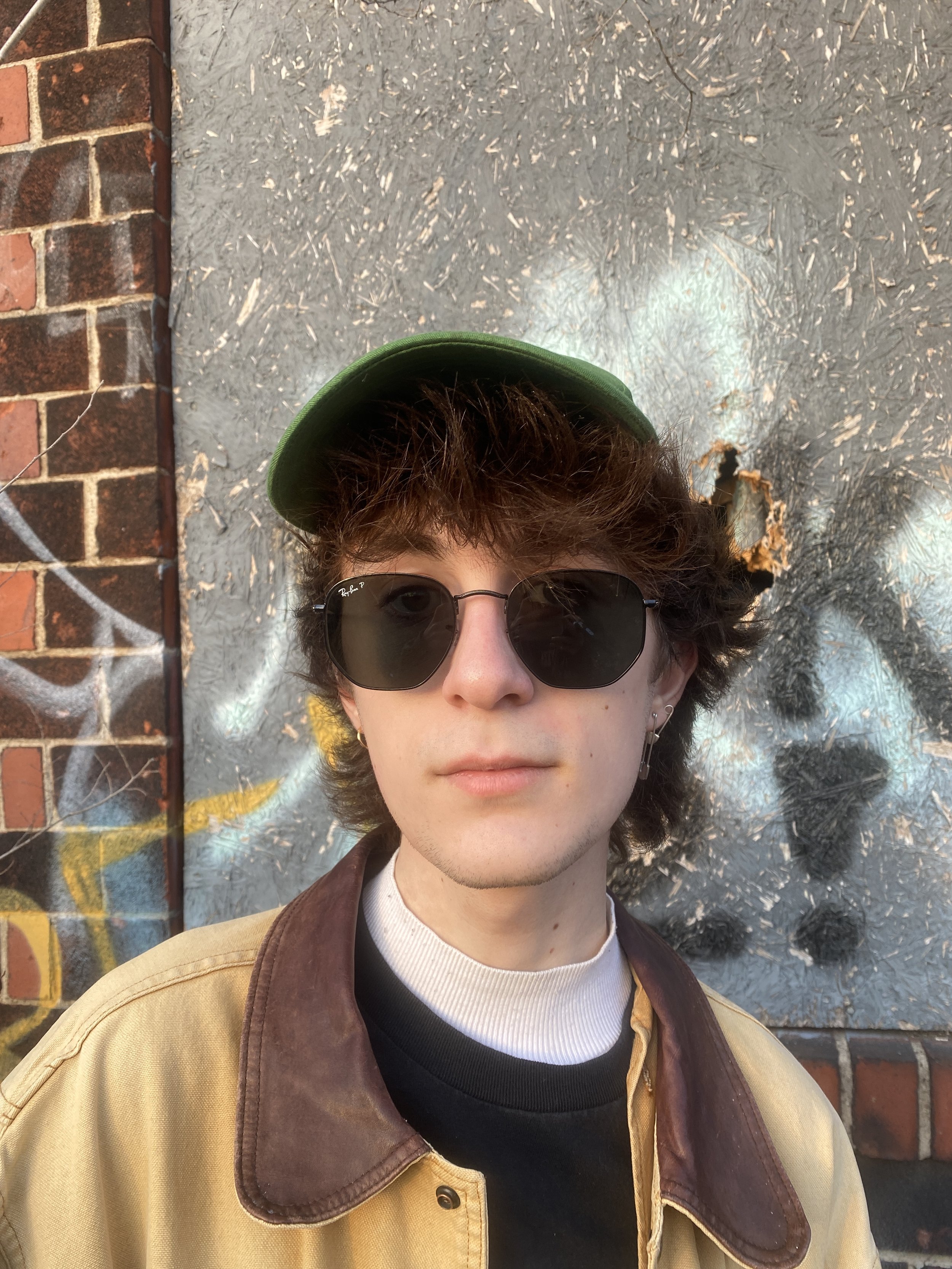
Artist Benjamin Cunningham
You must prioritize taking high-quality photos of your work to uphold consistent standards, even as an emerging artist. Additionally, I recommend that you apply to multiple art opportunities at a time, for keeping a broad net is necessary in the highly selective environment of the art world.
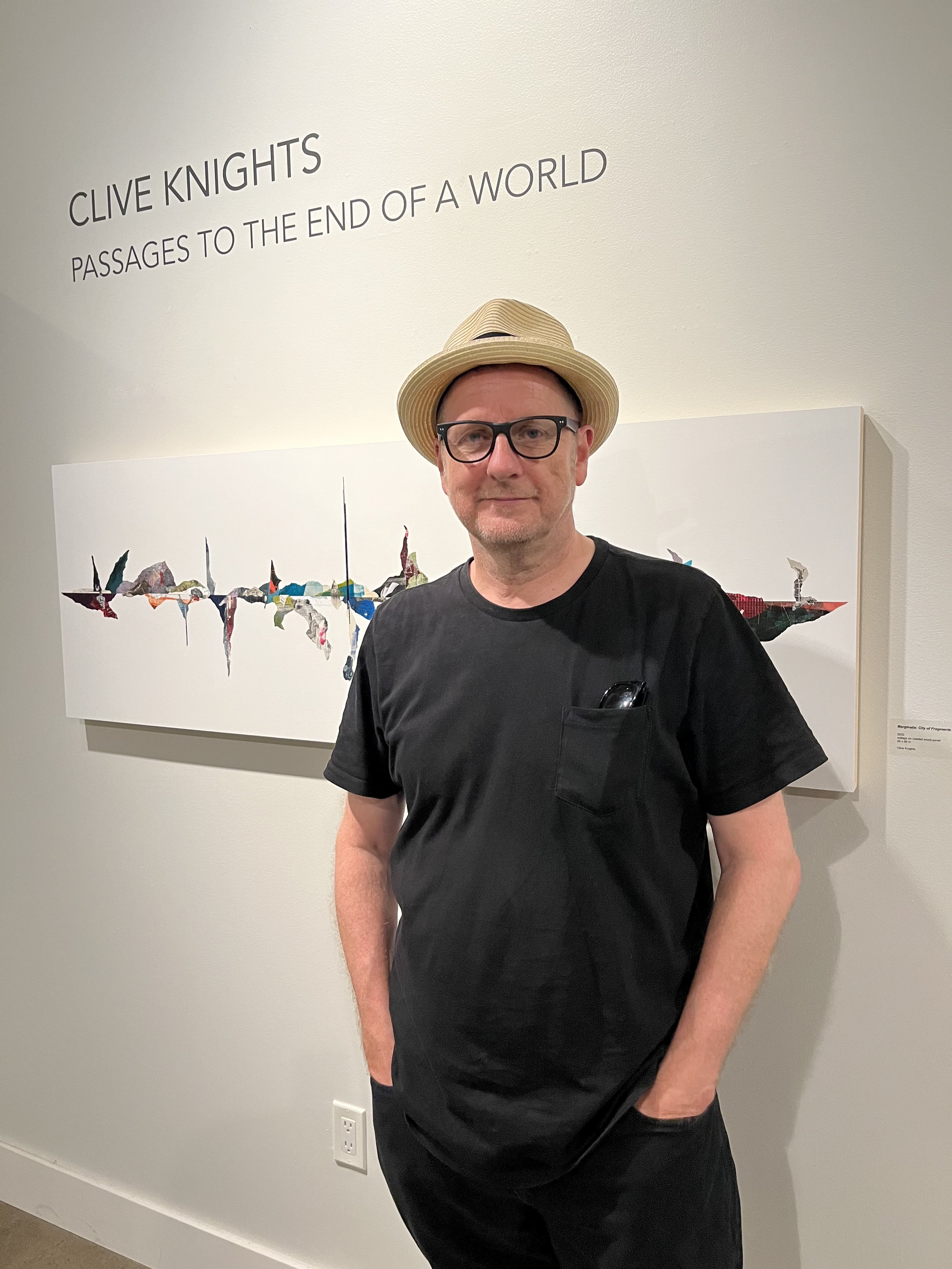
Artist Clive Knights
Be true to your imagination as it engages outwardly from yourself to others and the worldly context you share. Art is not self-expression. The truth art can offer does not reside inside the self, it is embodied in the intermediaries we fabricate in the space between ourselves, revealing who we are in the interplay of self and other that artworks, I believe, are most suitably intended to accomplish.

Artist Kip Harris
When I started photographing seriously, I was drawn to situations where people were in their own workspaces. These were places where people felt most at home, most themselves. They did not need “to prepare a face to meet the faces that you meet.” I tried to stand and watch a little before photographing to convey my appreciation for the worker’s skill and engagement. A man’s work is his life and should be respected.

Artist Grace Netanya
As it turns out, there is less competition for big goals. Even in academic spaces, artist's are rarely told they can make a living, neither are we taught how to go about that. But the reality is, there is more opportunities than your art teachers say. Too many people don't believe their art holds value, so not many people commit to pursuing this career path. My advice is to treat your art like a business, even if your ultimate goal isn't financial. There are people who will value your work. The trick is to plow through the naysayers until you find those people who need to hear what you have to say.
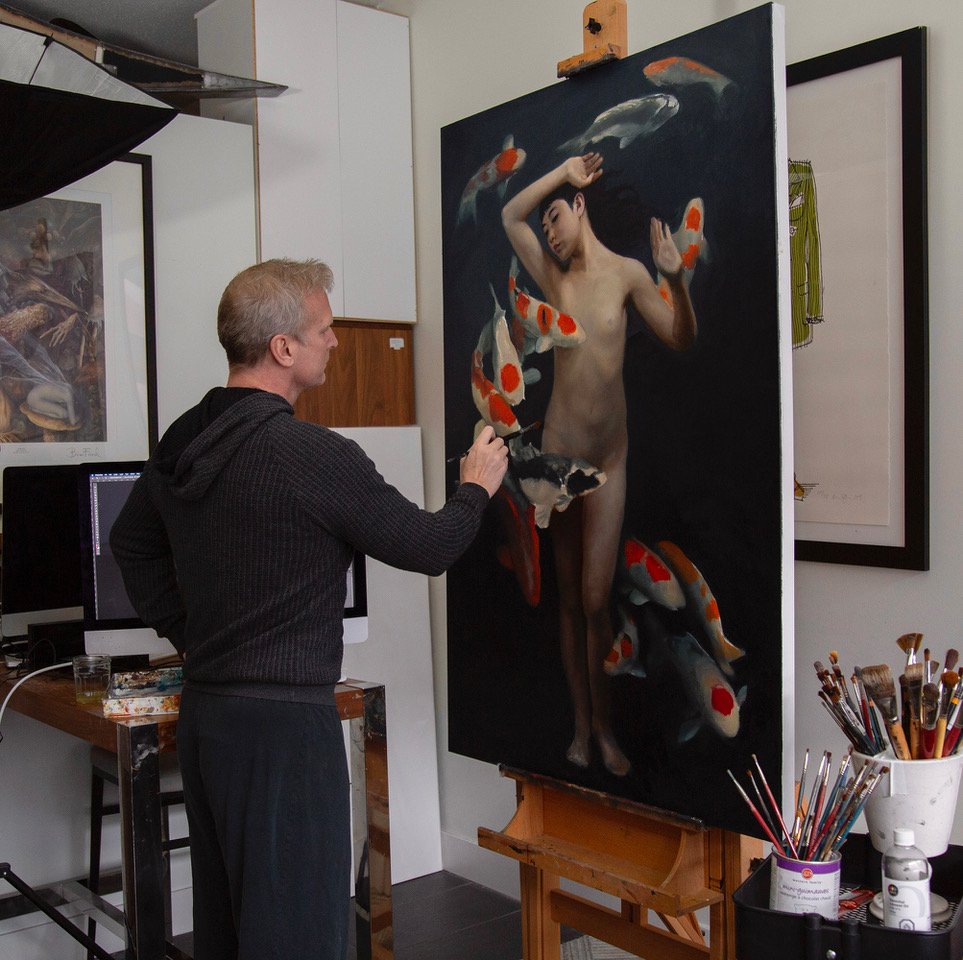
Artist Martin Murphy (Updated)
I’m going to be a human art sponge. I’m going to soak up as much culture as I can. I’m looking forward to learning from other artists and sharing experiences. I’m going with an open mind and take everything in to push my aesthetic and to bring true emotion and story to my work. I was in Italy many yeas ago only because I was traveling to France and there was an airport strike so we had to land in Italy and they would bus us to France. I saw the countryside from a bus window so I’m truly excited to fully experience the art and culture of Italy hands on.

Artist & Juror Jono Dry
“I would say incorporating a mindfulness element to your practise. Doing things like acknowledging when your work makes you anxious and becoming comfortable with that space. Knowing that I am going to feel uncomfortable many times during an artwork and viewing each of those moments as practise and growth has helped me build a healthy feedback loop to some big barriers I used to struggle with.”

Artist Alex Ramos
Painting realistic still life has taught me to pay closer attention to the things we encounter on a regular basis—often without contemplating their details and intricacies. One of my goals as a painter is to get my audience to slow down and appreciate the everyday in a new light, to take in the nuances and details they may never have noticed or considered before. When painting food and drink, at my most aspirational, I hope to induce a sense of synesthesia in the viewer, triggering the experiences of taste and texture through the eyes.
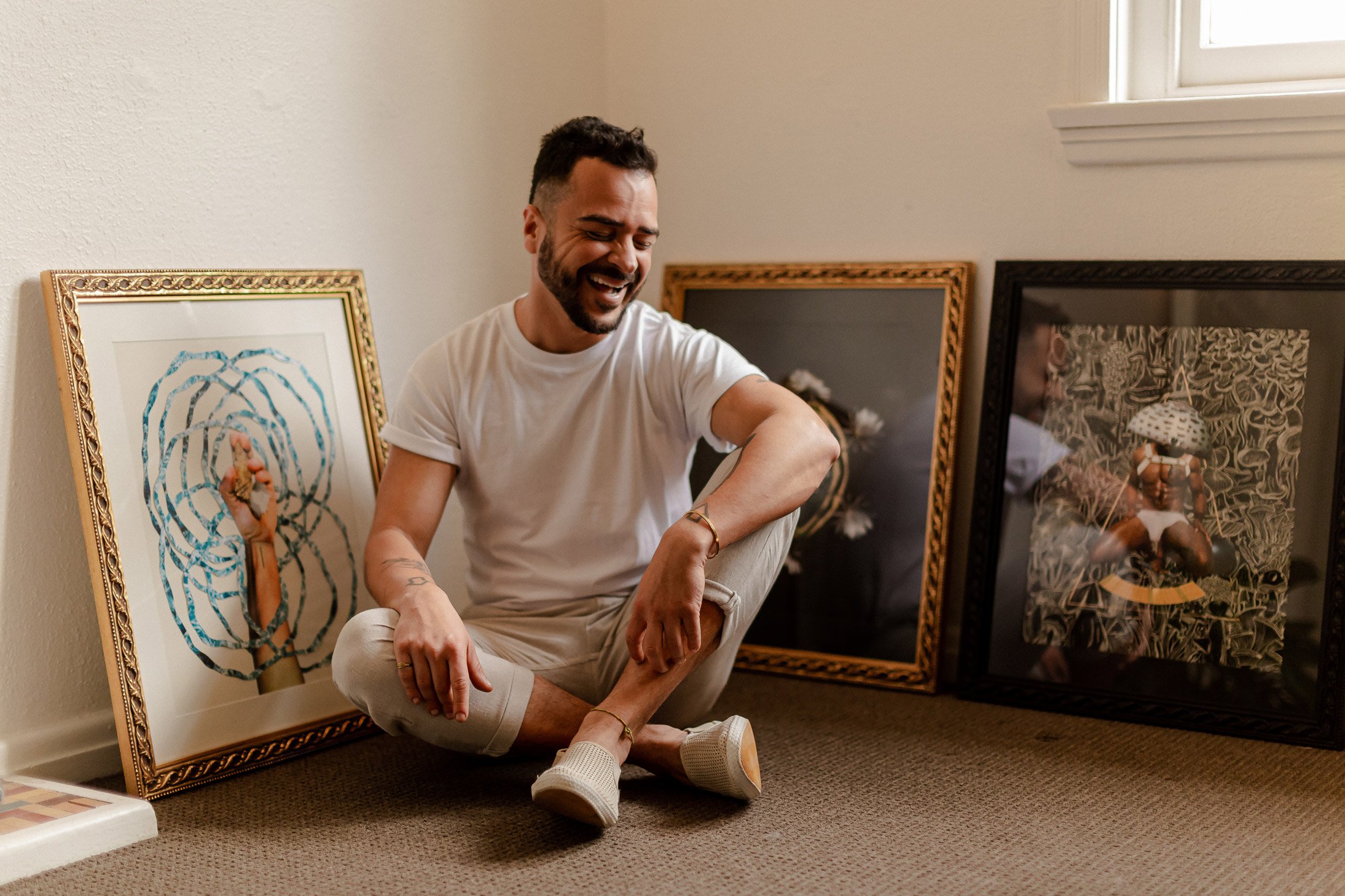
Artist Fabio Borges
“If you're working with collage, think about the longevity of your artwork. What can you do to preserve that piece for the longer. And if you are now facing any kind of pain but are afraid of investigating the causes of it, just trust, let go, and be open. The answers will come.”
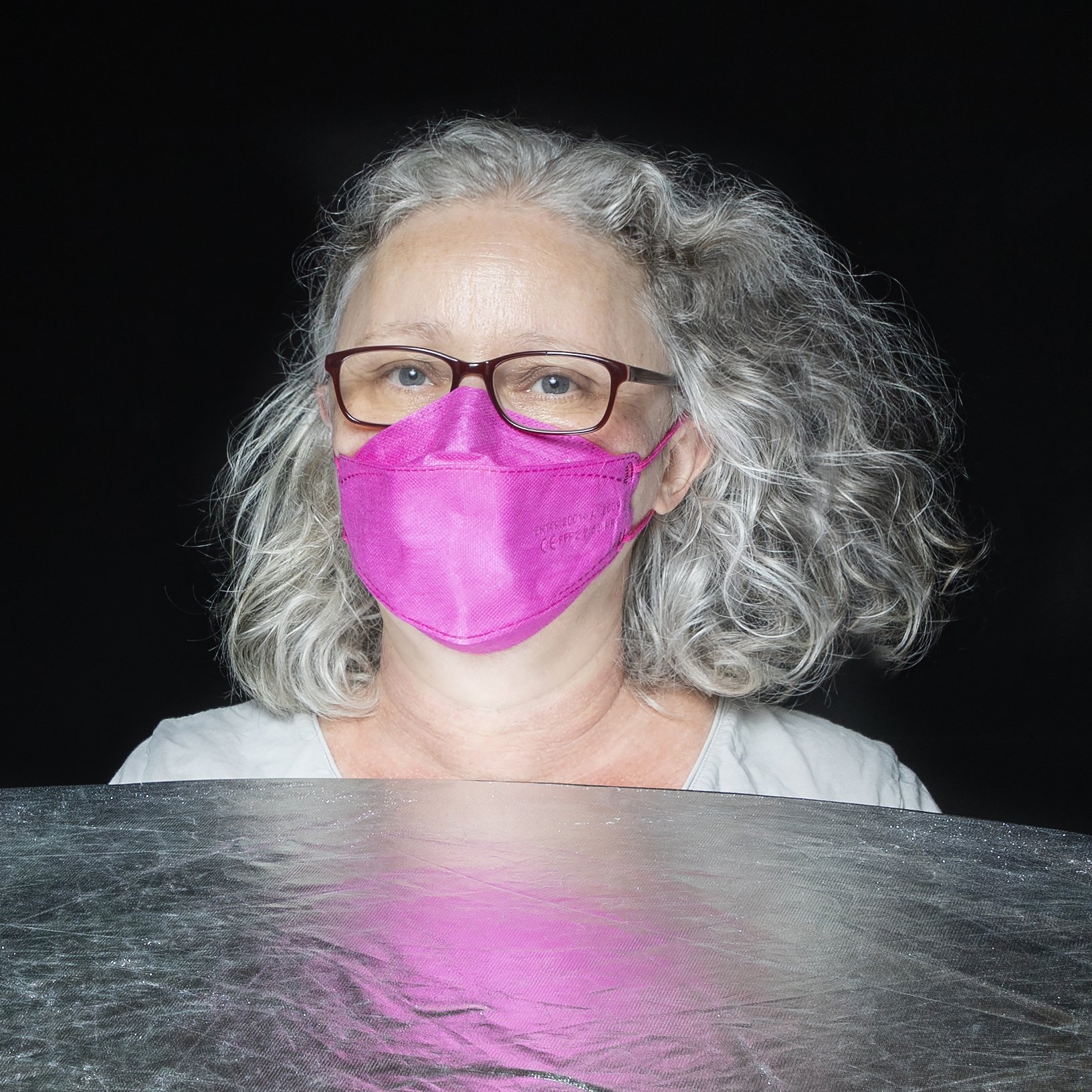
Artist Kathy Servian (Updated)
“The most important lesson I’ve learned so far is to trust my creative intuition. It’s easy to be distracted by the plethora of images, information, and opinions on social media. When I was working in fashion, it was vital to keep in-step with current trends and to create for the consumer. This engendered a ‘hamster-wheel’ mentality with all meaning sucked out of the creative process. With hindsight, I think that’s why I moved away from fashion towards becoming an artist. I came to the realisation that my best work happened when I ignored the ‘noise’ and worked at my own pace concentrating on expressing the flow of ideas inside my head. I make work that tells the stories I want to tell. If other people like and understand it, that’s great, but if they don’t, that’s fine too.”

Artist Eric Uhlir
“You have to show up to make the work. Physically, mentally and emotionally. The most important part of any artistic practice is discipline, whether it comes naturally or you have to work at it. I keep regular hours in the studio and work almost every day. It’s important to take breaks and take care of yourself and recharge, but I try to work as much as possible. We only have so much time in our lives and we’re blessed as artists with this gift, don’t take it for granted.”
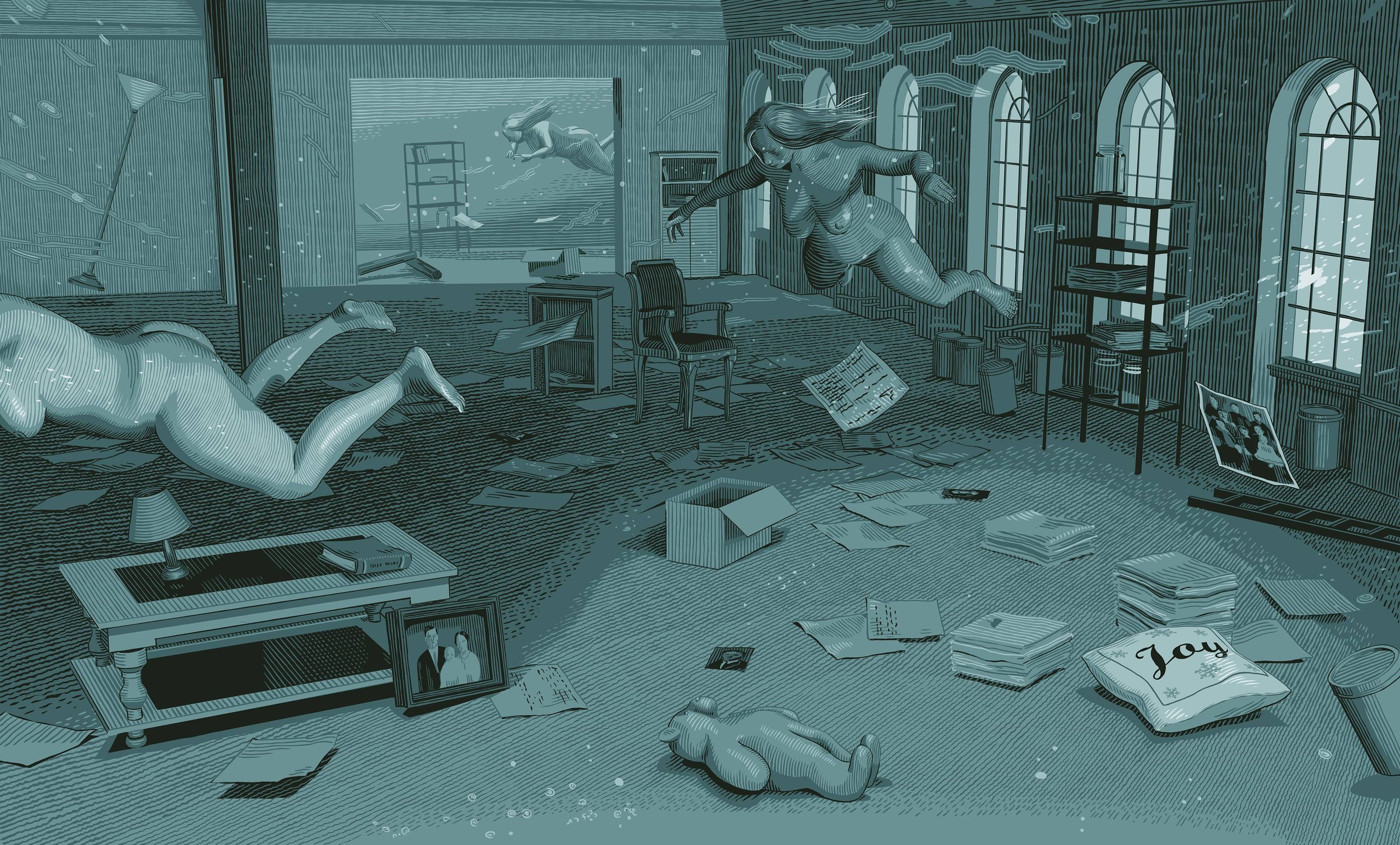
Artist Anna Zusman
The main advice that I have is not to give up. Keep making art and keep applying to shows. When I started applying to shows after grad school, I would get into one out of ten shows. These days my ratio is significantly better, but I still get more rejections than acceptances. I think that the biggest challenge for any artist is to keep producing art and continue putting yourself out into the world despite the rejections.
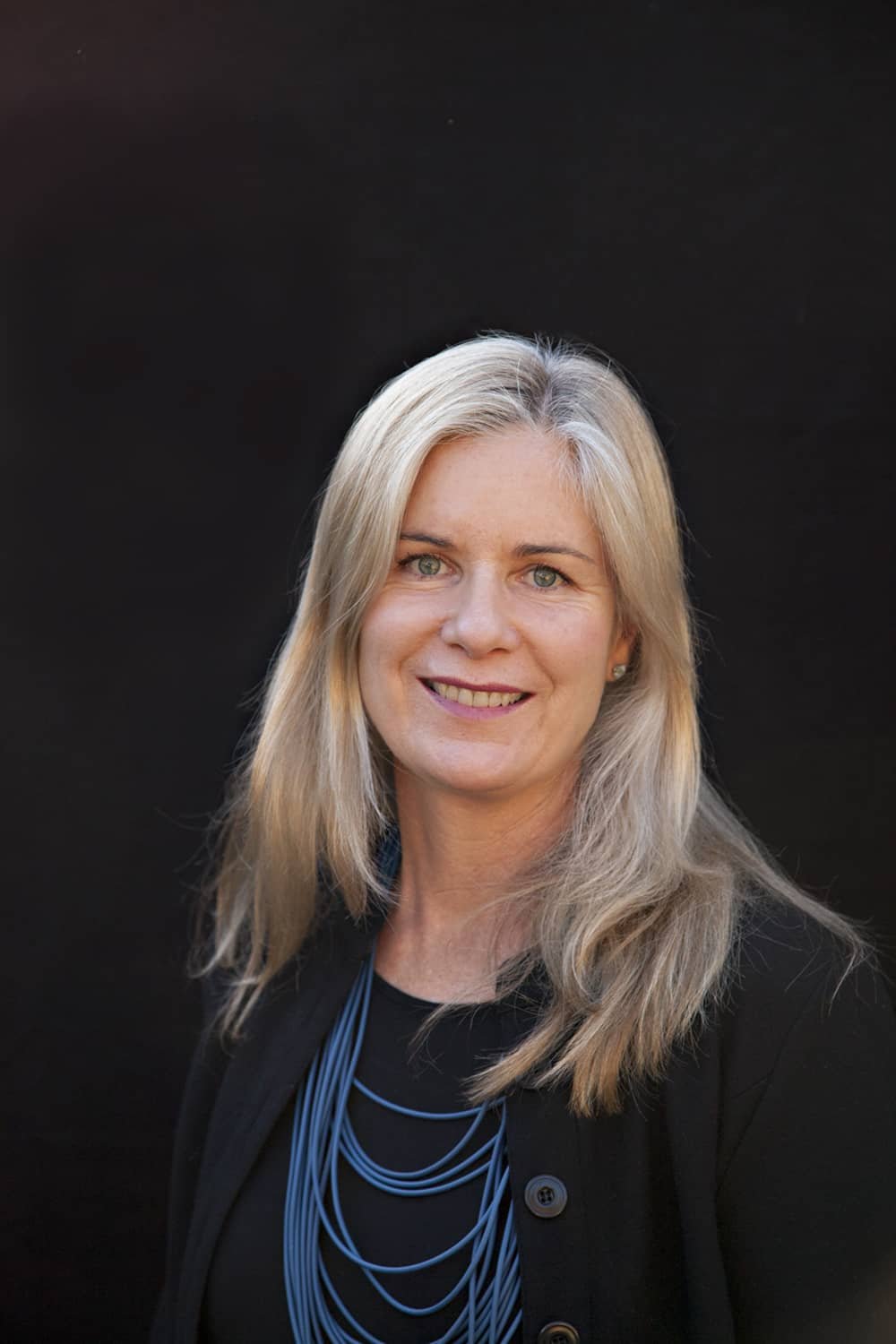
Juror Carolyn Young
My advice for artists wanting to have a solo show is to get a body of work together, show this to people (in person or on the internet), enter competitions, and then follow opportunities that arise. I found doing formal photography study at university, where you are trained to put together a series and exhibit, was an essential step for me towards having quality work ready for a solo show. You can also make your own opportunities by applying for shows at galleries.

Juror Oceana Rain Stuart
I am primarily a self-taught sculpture artist with the exception of a few workshops. I have been sculpting since early childhood. Growing up, my mother brought me to her art studio because she could not afford to hire a babysitter, so I guess my mother was my first art teacher. In her studio, I had my own art supplies, and this kept me busy while she worked on her own work. I have a cherished photo of me sculpting in the garden with my mother when I was 2.5.
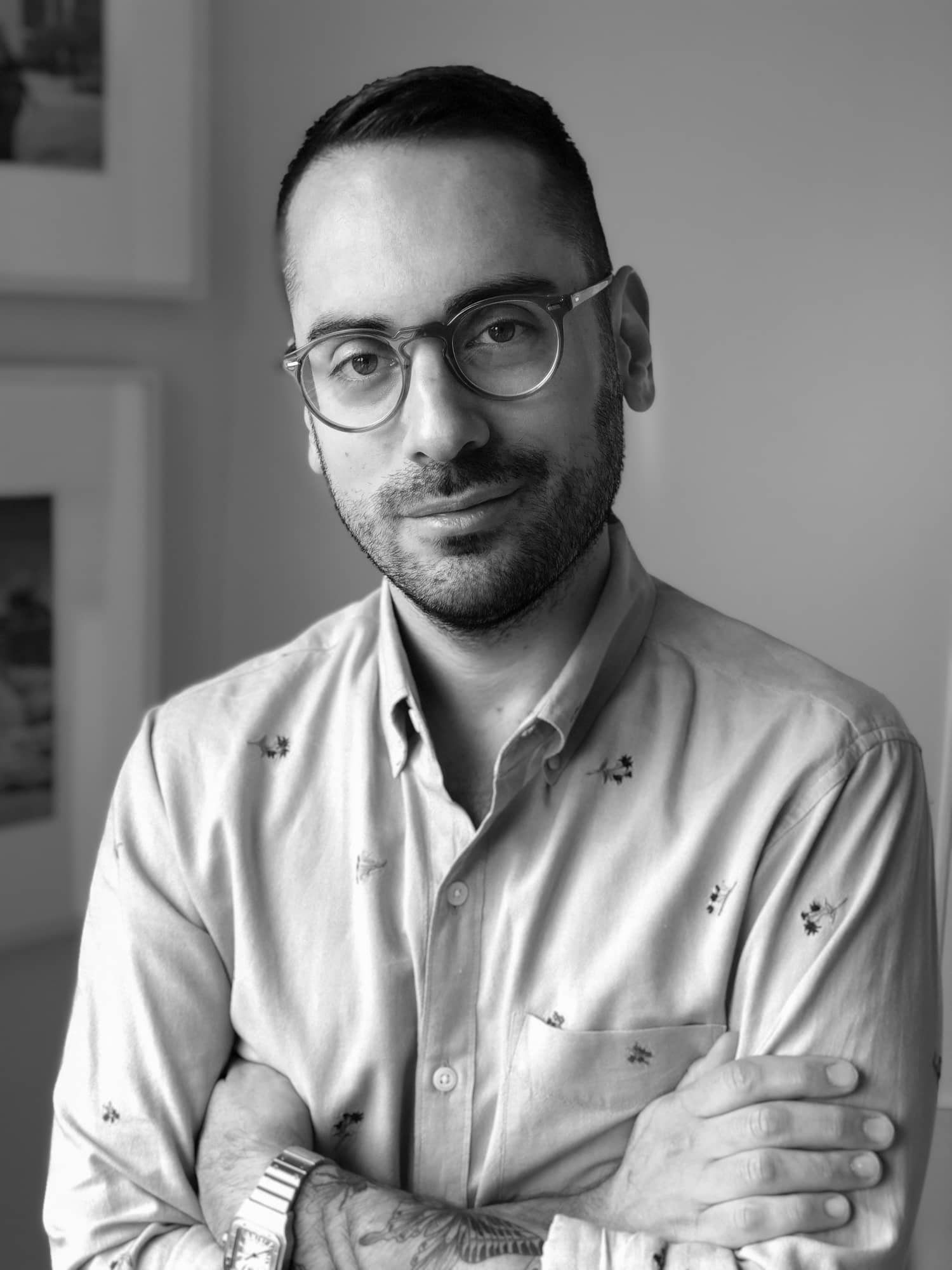
Artist Michael Young
During Covid, but not inspired by the pandemic, I had begun to work with vintage gay pornographic calendars. For a few months I experimented with different cutouts and how I could use the materials as a way to visualize my feelings about the years I spent in the closet. I was excited by the work I was making but something was lacking. I had a Eureka moment one night when I was boxing up my work and I happened to place the background of one image I had cut out on top of another month’s image and I had this really neat overlay that caught my eye.